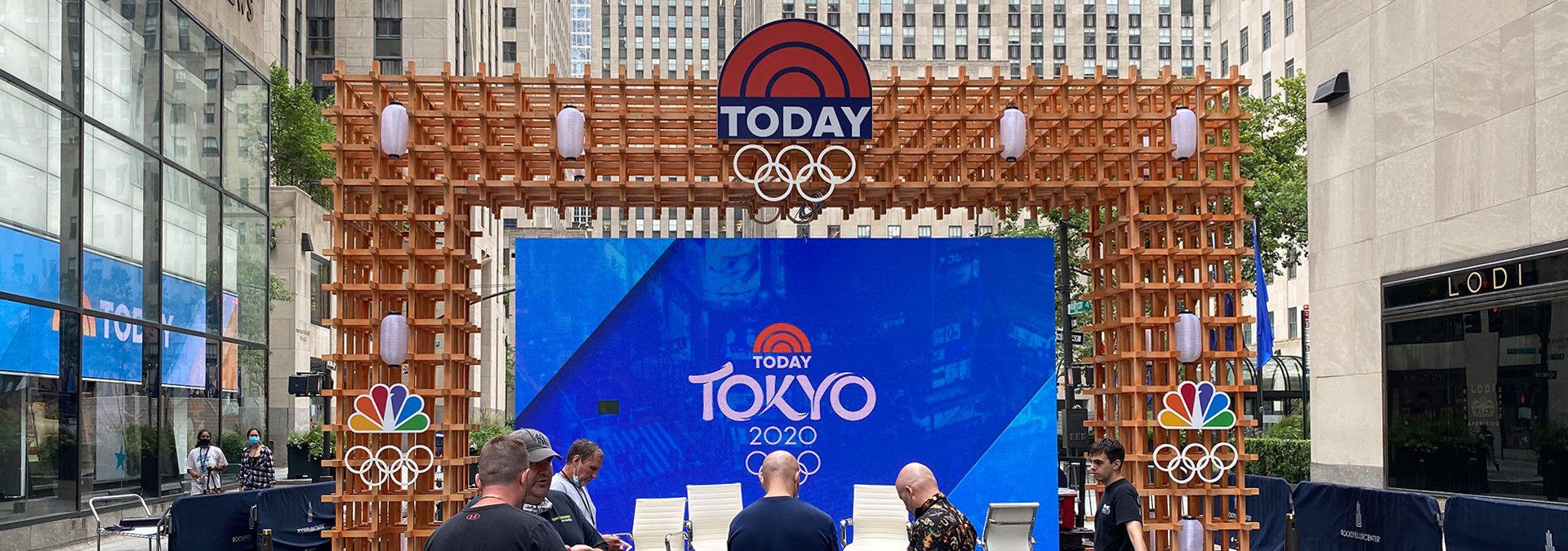Novel Approaches to Boosting Untethered Connectivity Solutions for LED Wall Surfaces.
Wiki Article
Wireless connectivity solutions for LED wall screens have transformed the way we utilize visual interfaces in diverse settings, such as concerts, conferences, and promotional displays. These panels, known for their vibrant colors and high clarity, rely heavily on stable wireless networks to perform optimally. As digital infrastructure continues to evolve, cutting-edge approaches are being engineered to optimize these wireless frameworks. This discussion will examine some of the latest strategies aimed at boosting wireless connectivity for LED wall displays.

One significant method to enhancing wireless connectivity is the use of next-generation antenna technology. Antennas play a critical role in transmitting and capturing signals between components. By employing smart antennas, which can adjust their direction and beamforming pattern based on the surroundings, manufacturers can greatly enhance signal strength and reliability. This dynamic tuning helps minimize disruption from other electronic devices and barriers, leading to sharper video quality and more stable link performance for Light Emitting Diode wall panels.
Another forward-thinking approach involves utilizing mesh network architectures. Unlike conventional wireless setups that depend on a single router, mesh networks consist of multiple connection points that collaborate to spread the internet signal over a larger area. This structure guarantees that LED wall Recommended Site screens receive a consistent signal no matter their placement. In spaces like arenas or large exhibition halls, where physical obstructions view publisher site may disrupt signals, mesh technologies provide a more robust framework by ensuring signal integrity even in crowded areas.
Moreover, incorporating edge processing into wireless communication systems can boost efficiency for Light Emitting Diode wall displays. Edge computing enables data processing to occur closer to the source of data origination rather than depending entirely on centralized cloud infrastructure. By analyzing data at the edge of the Luminescent Diode wall units, the system minimizes latency, resulting in quicker response times and smoother video playback. This development is especially beneficial for applications that require real-time updates or interactive features, making presentations more engaging for audiences.
Lastly, adopting new communication protocols can also improve wireless network performance for LED wall screens. Protocols such as Wi-Fi 6 and 5G offer enhanced bandwidth and faster data transfer rates compared to previous standards. These advancements allow multiple devices to connect concurrently without compromising performance. As Luminescent Diode wall panels are often paired with other smart technologies, integrating these modern protocols guarantees that all systems can interact effectively, leading to an significantly improved user experience.
To summarize, the enhancement of wireless connectivity solutions for Light Emitting Diode wall displays is crucial as technology continues to evolve. Through innovations such as smart antennas, mesh networking systems, edge computing integration, and new data transmission standards, manufacturers can provide better efficiency and stability. These approaches not only improve the functionality of LED wall panels but also elevate the visual displays they deliver across multiple settings. As these advancements continue to progress, audiences can look forward to even more impressive visual presentations in the coming years.